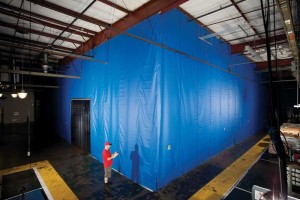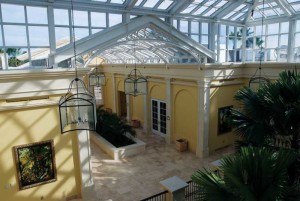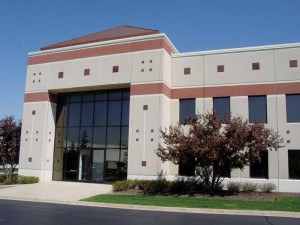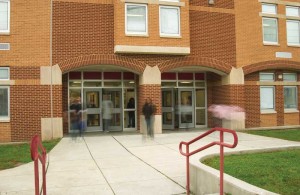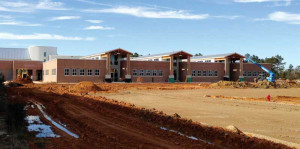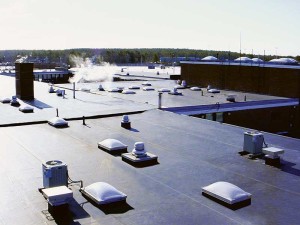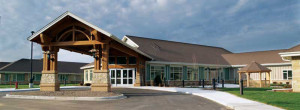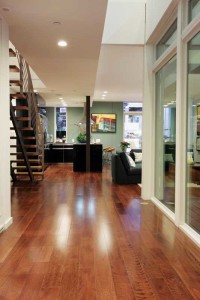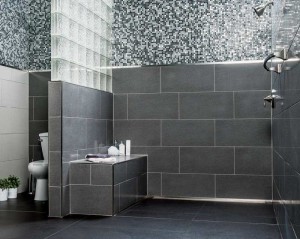The effects of machine or process noise in a commercial/industrial facility can range from an annoyance to a serious long-term safety issue for employees. The Occupational Safety and Health Administration (OSHA) estimates more than 30 million workers annually are exposed to hazardous sound levels in the United States.
+ Read More
|
Coastal areas are beautiful locations for commercial and residential buildings, but also pose the greatest challenges in protecting exterior-facing architectural aluminum products from corrosion.
+ Read More
|
Silicone’s excellent aging characteristics, resistance to ultraviolet (UV) light and weathering, and long effective life span has made pre-cured sealants a popular material for construction-related applications.
+ Read More
|
Schools, hospitals, and government buildings share essential characteristics; they house sensitive information, are designed to be used for long periods, and have public responsibilities. Specifiers and building managers must ensure safety and security needs are met by selecting the appropriate door hardware.
+ Read More
|
Architect Sally Zahner of Eley Guild Hardy Architects did not have the luxury of increased spending for environmentally friendly products in the new elementary school in Kiln, Mississippi. Similar to many public projects, the budget was tight and non-negotiable.
+ Read More
|
When replacing a roof, it has generally been good practice to tear off the existing assembly and replace it with new material. However, this is beginning to change. Simply getting rid of an older roof may not be the best choice for the building owner or the environment.
+ Read More
|
Whether replacing a dated, inefficient hospital or renovating an historic mental health institution, window selection is an important consideration in creating a modern, healing environment.
+ Read More
|
Many residential and light commercial building owners seem to believe a tile installation is waterproof, and fail to pay enough attention (or money) to the proper treatment underneath.
+ Read More
|
When specifying wood floorcoverings in commercial buildings, considerations include facility type, specie, durability, design goals, and budget. For design teams not willing to settle for a ‘lookalike’ synthetic product, a starting point is deciding whether to specify solid-strip or engineered wood flooring.
+ Read More
|
The way we build bathrooms is changing. Owners of homes, condominiums, hotels, and spas want more than just utility—they are seeking a retreat-like atmosphere with the latest design elements, while still requiring reliability and durability. At the same time, many want their bathrooms to be barrier-free.
+ Read More
|
|
|


